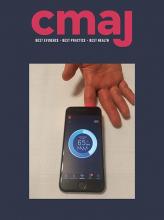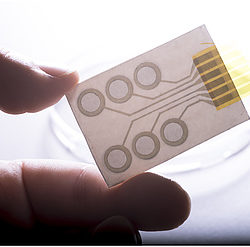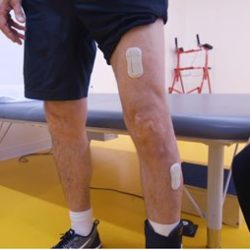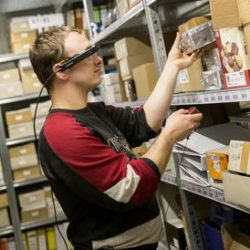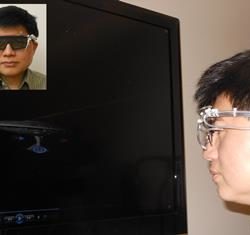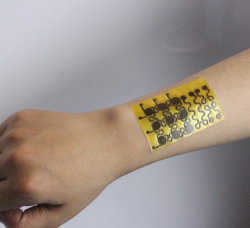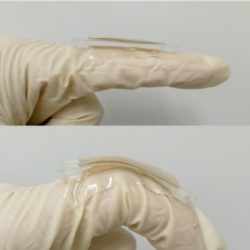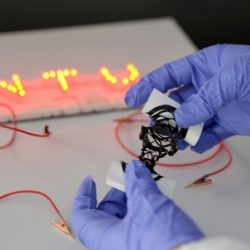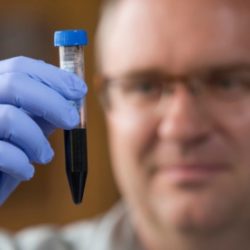What’s going on in our brains while walking?
Using new technologies to track how vision guides foot placement, researchers at The University of Texas at Austin come one step closer in determining what is going on in the brain while we walk, paving the way for better treatment for mobility impairments — strokes, aging and Parkinson’s — and technology development — prosthetics and robots. Walking Read more about What’s going on in our brains while walking?[…]


